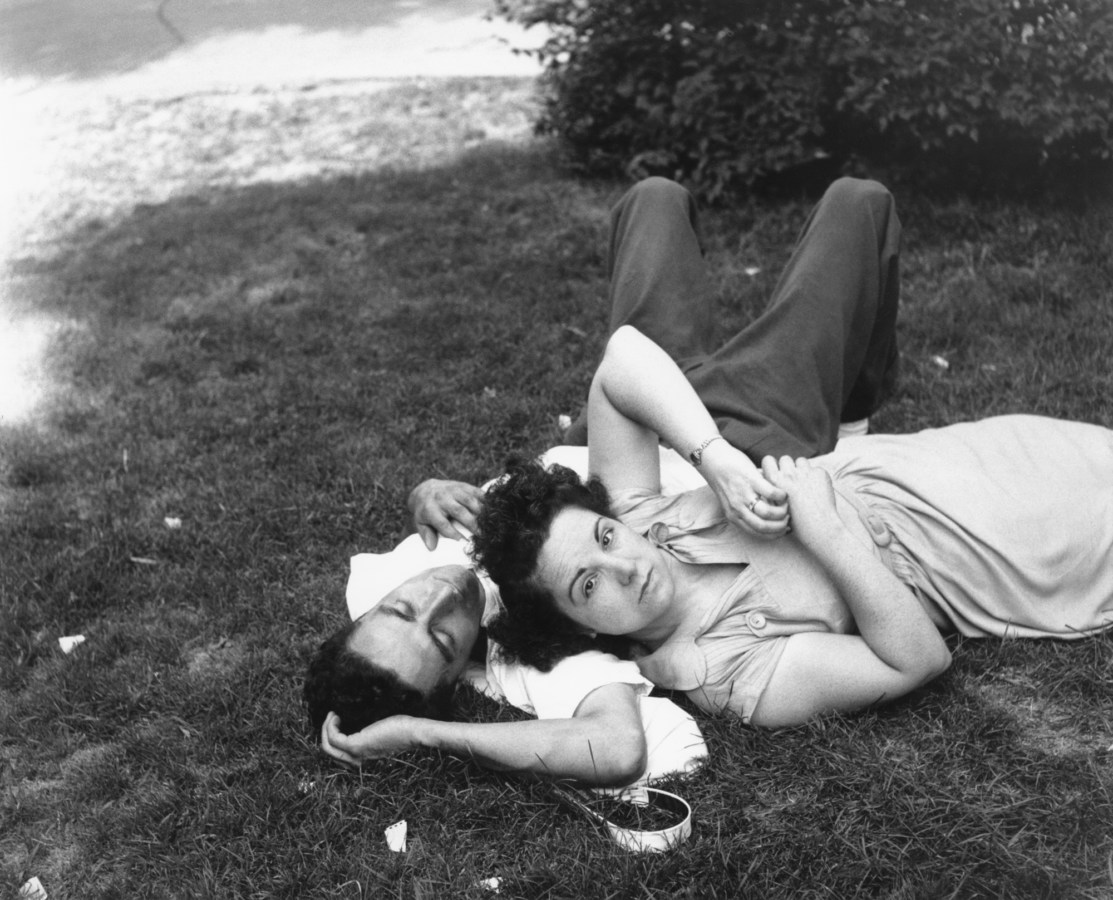Richard Avedon was born and lived in New York City. His interest in photography began early, and he joined the YMHA camera club at the age of twelve. From 1942-44, Avedon served in the Merchant Marine, making identification portraits of the crewmen with his Rolleiflex twin lens camera. During this time Avedon advanced his technical knowledge of the medium and began to develop a dynamic style. Back in New York in 1944, Avedon began studying with art director Alexey Brodovitch. He set up his own studio at the age of 21 and quickly became the preeminent photographer for Harper’s Bazaar. From the outset, Avedon was fascinated by photography’s capacity for evoking the life of his subjects. Avedon presented the face as a kind of landscape, with total clarity. He registered poses, attitudes, hairstyles, clothing and accessories as vital, even revelatory, elements of the personal image.
Avedon was dedicated to extended portraiture projects exploring cultural, political, and personal concerns. In 1963-64, Avedon examined the civil rights movement in the American South. During the Vietnam War, he photographed students, counter-cultural artists and activists, and victims of the war in the US and Vietnam. In 1976 he produced The Family, a composite portrait of the American power elite during the US bicentennial. Avedon’s magnum opus, In the American West (1985), portrayed coal miners, convicts, waitresses, butchers, and other workers with precisionist detail, using the large format camera and plain white backdrop characteristic of his mature style. Avedon emphasized that these portraits were not to be regarded as simple records of people; rather, he said, “the moment an emotion or a fact is transformed into a photograph it is no longer a fact but an opinion.”
In 1965 he began a long-term relationship with Vogue that continued through 1988. In later years, he established formidable creative partnerships with the French publication Egoiste and The New Yorker. In the pages of these periodicals, Avedon reinvigorated his formalist style, investing his imagery with dynamism and theatricality.
Avedon’s photographs have been exhibited in numerous major solo museum exhibitions, including: The Smithsonian Institute (1962); The Minneapolis Institute of Arts (1970); The Amon Carter Museum (1985); The Whitney Museum of American Art (1994); and The Metropolitan Museum of Art (2002).



















